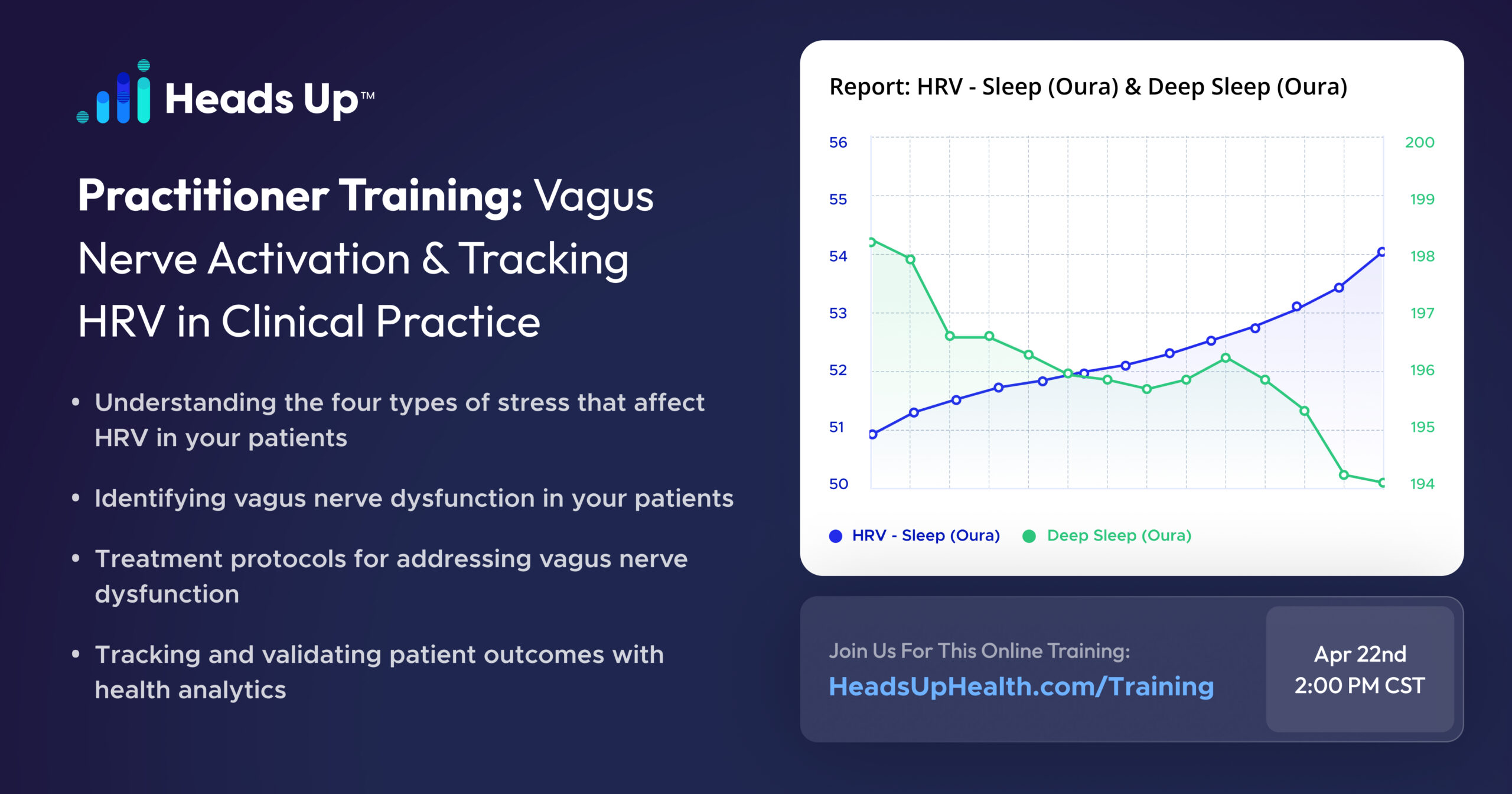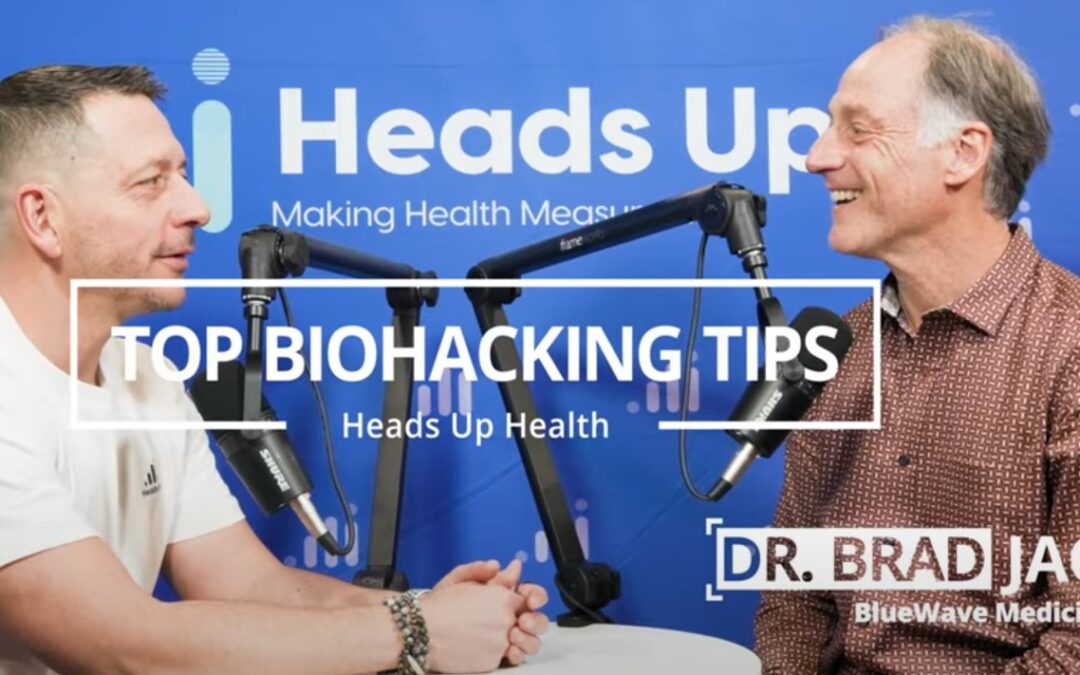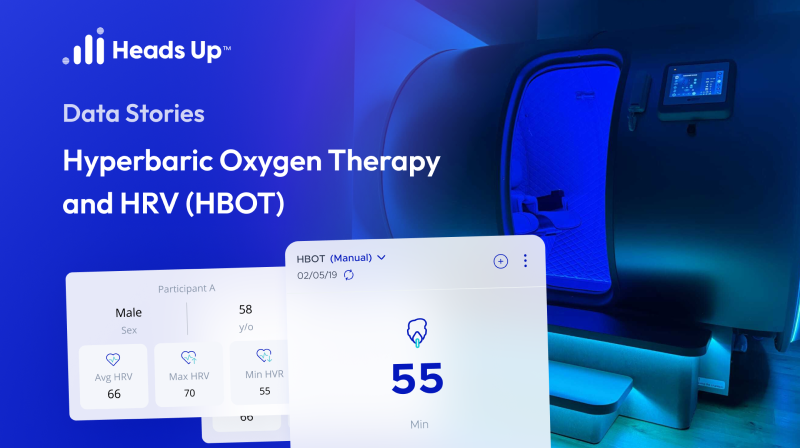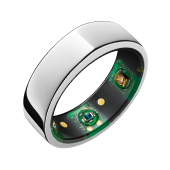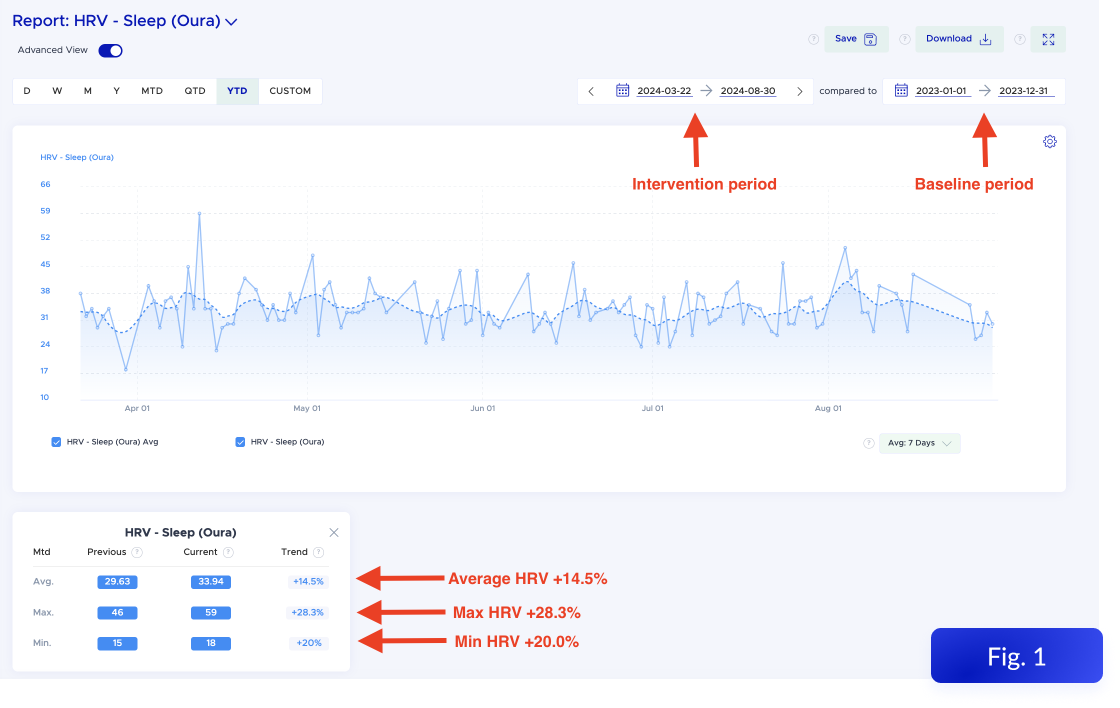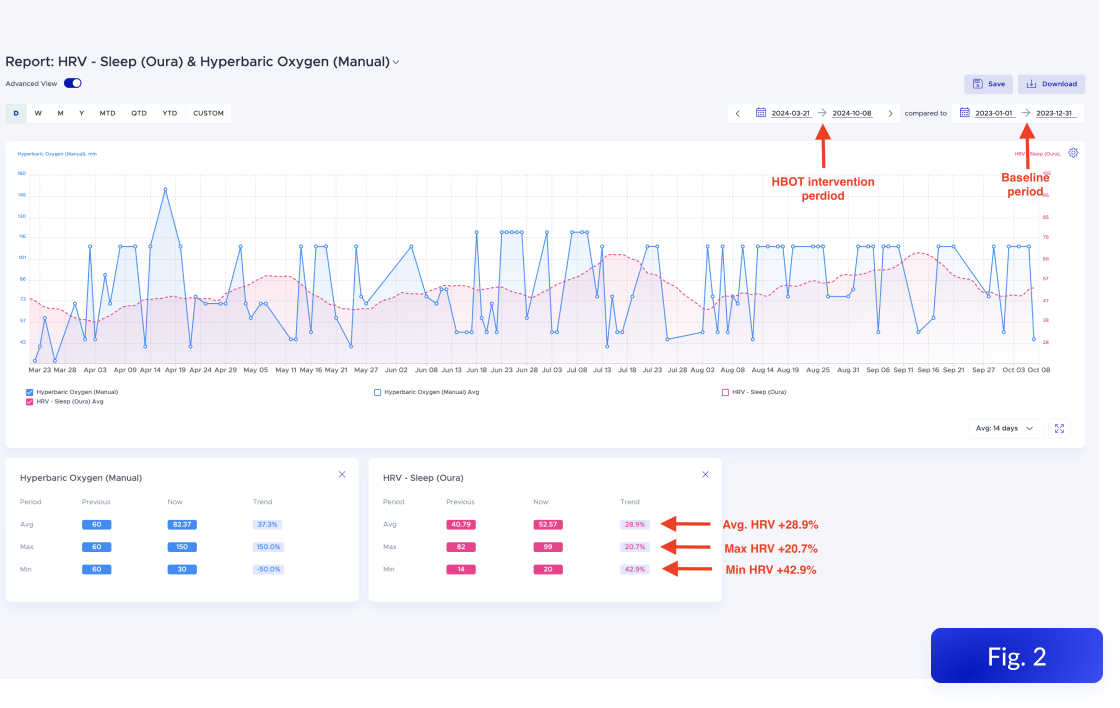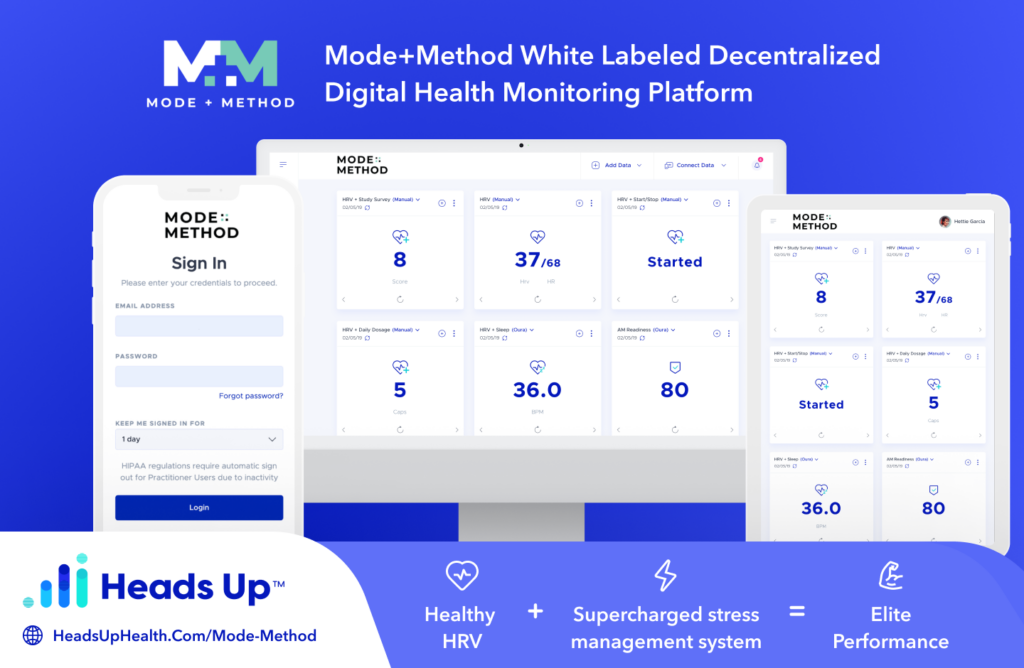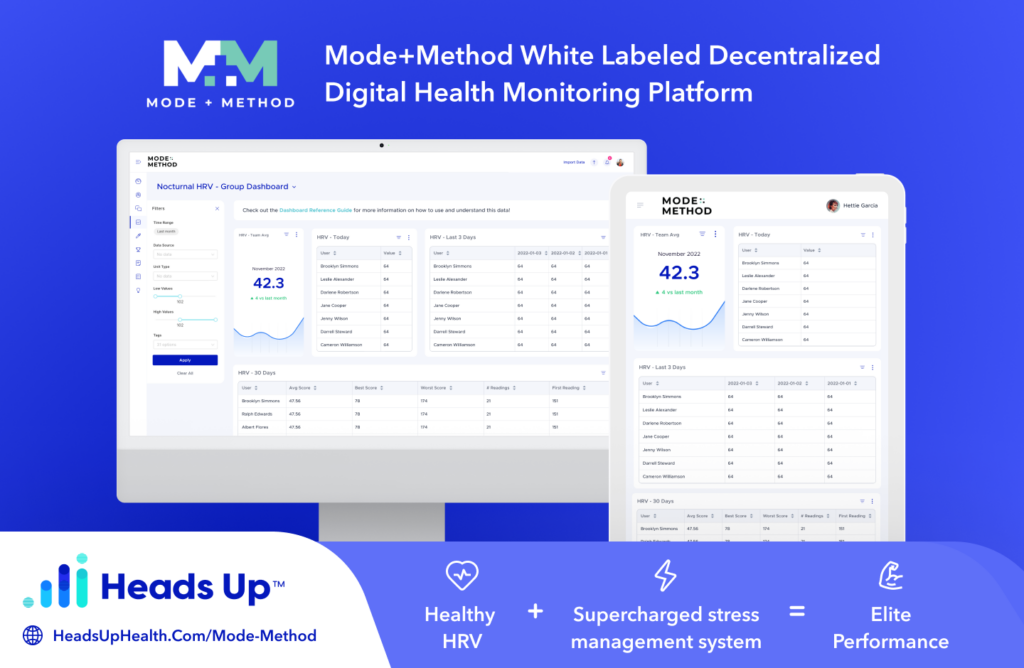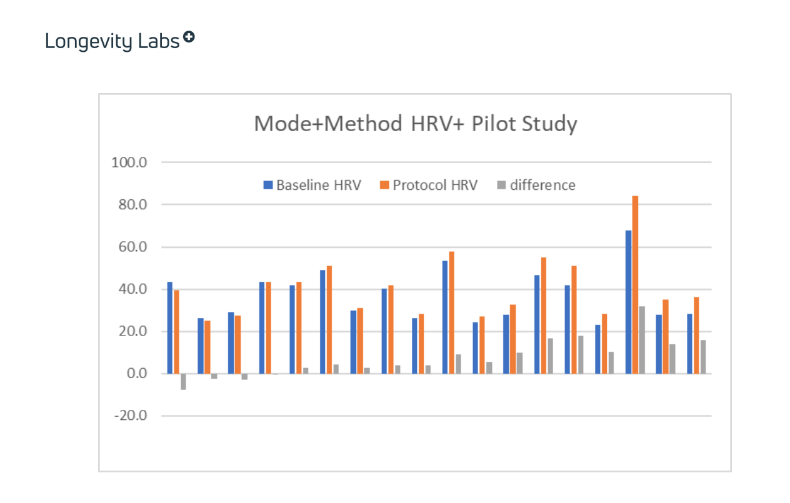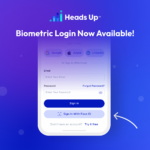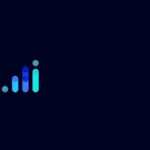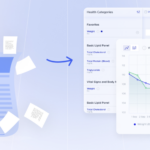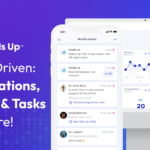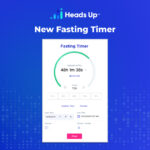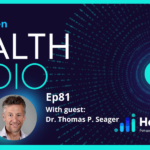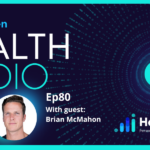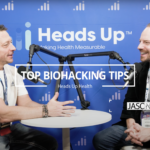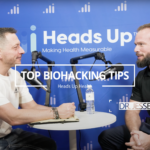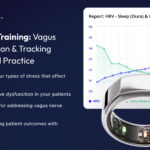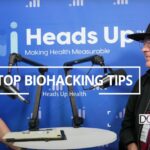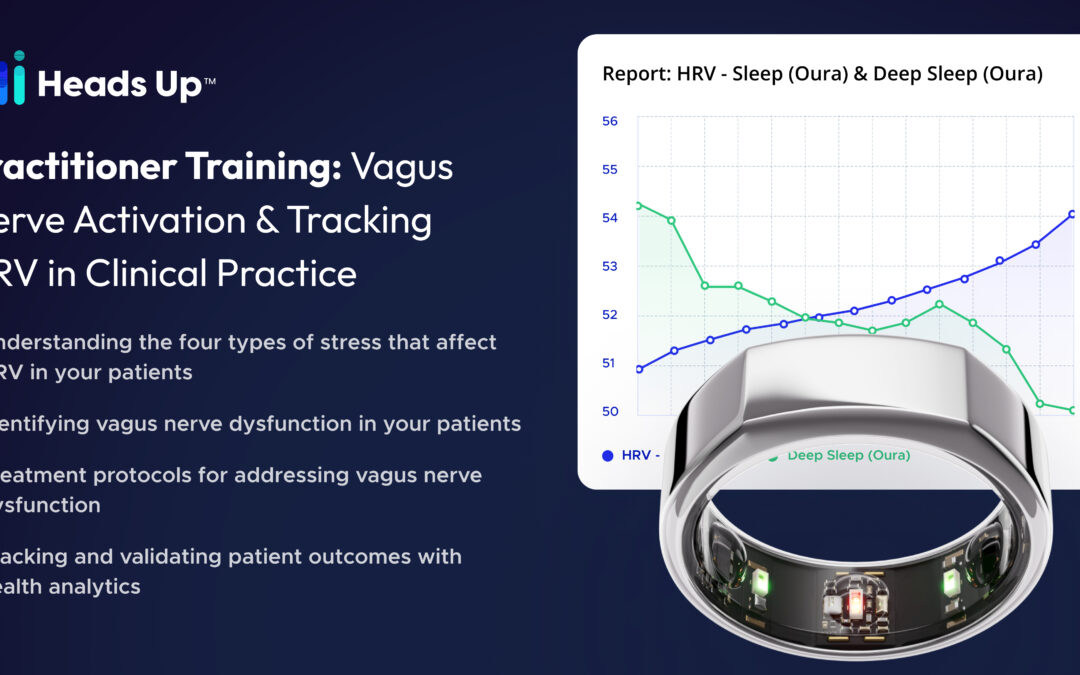
Medical Training: Vagus Nerve Activation + HRV Tracking In Clinical Practice
Vagus Nerve & Heart Rate Variability
In an era where holistic health and biohacking converge, clinical professionals and wellness experts alike are turning to the powerful intersection of Vagus Nerve Activation and Heart Rate Variability (HRV) tracking. In a robust and information-packed webinar, Sachin Patel, Dr. Navas, and Dave Korsunsky demystify these cutting-edge tools and explain their practical applications in health monitoring and optimization.
Understanding the Vagus Nerve: Anatomy and Clinical Importance
The vagus nerve, the longest cranial nerve in the body, plays a pivotal role in autonomic nervous system regulation. Emerging from the brainstem, it extends through the neck into the thorax and abdomen, interfacing with the heart, lungs, digestive tract, and more. According to Dr. Navas, approximately 80% of the vagus nerve’s fibers are afferent, meaning they transmit information from the body to the brain. This makes the vagus nerve an essential sensor of internal bodily conditions.
In his detailed anatomical breakdown, Dr. Navas demonstrates how the vagus nerve’s influence spans from modulating inflammatory responses to affecting mood, digestion, heart rate, and respiratory rate. The nerve also activates the parasympathetic nervous system—often referred to as the “rest and digest” system—which counters the stress-induced fight-or-flight response.
Heart Rate Variability: A Game-Changing Biometric
Heart Rate Variability (HRV) measures the variation in time between successive heartbeats, a crucial marker of autonomic nervous system flexibility and overall resilience. HRV is no longer just for elite athletes—it’s a clinical goldmine. Patel and Korsunsky explain that HRV reflects the balance between sympathetic (stress) and parasympathetic (recovery) states.
Low HRV may indicate stress, inflammation, or fatigue, while higher HRV is typically a marker of good recovery and adaptive capacity. HRV is sensitive enough to predict illness onset before symptoms occur, making it a preemptive tool in both general wellness and chronic disease management.
Data-Driven Medicine with Heads Up
Dave Korsunsky introduces the Heads Up Health platform, which aggregates real-time biometric data from wearables like the Oura Ring, CGMs, smart scales, blood pressure cuffs, and other digital health technologies. It enables clinicians to monitor HRV, respiratory rate, blood sugar, sleep quality, and other metrics from a single dashboard.
Korsunsky shares how practitioners can set thresholds for various metrics to trigger alerts, enabling early interventions. In autoimmune patients, for instance, a consistent drop in HRV can signal an impending flare-up. These insights allow for preemptive care strategies rather than reactive treatment.
Patient Empowerment and the Future of Healthcare
A standout theme of the webinar is empowering patients to take charge of their own health. Patel’s philosophy—”The doctor of the future is the patient”—emphasizes the growing role of self-monitoring and experimentation. Patients can assess how lifestyle changes such as late-night meals, alcohol consumption, or breathwork practices affect their physiological markers.
This empowerment extends beyond anecdotal evidence to objective metrics. For example, an Oura Ring can show how a client’s HRV changes after improving sleep hygiene or implementing breathing techniques, leading to higher engagement and compliance with wellness programs.
Clinical Interventions:
1. Breathwork and Diaphragmatic Training
Sachin Patel emphasizes that many clients suffer from dysfunctional breathing patterns rooted in trauma or stress. These patterns contribute to chronic sympathetic activation. He introduces tools such as coherence breathing, the BOLT test (Body Oxygen Level Test), and breath-focused therapies to help recalibrate the autonomic nervous system.
2. Mouth Taping and Nasal Breathing
Mouth taping during sleep is discussed as a powerful intervention to promote nasal breathing, which enhances nitric oxide production, improves cardiovascular function, and supports better sleep architecture.
3. Vagus Nerve Stimulation (VNS)
Dr. Navas discusses non-invasive VNS methods, including auricular stimulation and neck-based techniques, which activate specific brain regions associated with calm, cognition, and pain reduction. These interventions are backed by fMRI studies showing thalamus activation and reduced inflammation via IL-6 suppression.
4. Technology-Based Monitoring
Wearables now allow real-time tracking of not just HRV but also respiratory rate and sleep apnea markers. These tools make it possible to monitor subtle shifts that could signify metabolic dysregulation or chronic stress.
Case Studies and Real-World Data
In one compelling case, an autoimmune patient showed declining HRV following a series of intense bike rides. The Heads Up dashboard allowed clinicians to correlate HRV data with training logs and intervene early, potentially preventing a flare-up. In another case, patients using CPAP therapy were found to have chronically lower nocturnal HRV—a useful marker when optimizing treatment plans.
Another clinical pearl discussed is using HRV to guide fasting regimens and glucose monitoring. Patel shares examples where patients could self-adjust based on CGM and HRV data, improving outcomes significantly.
Functional Lab Integration and Data Consolidation
Heads Up doesn’t stop at wearables—it also integrates functional lab data (stool tests, blood panels, organic acid tests), creating a unified view of the patient’s health. This holistic view allows practitioners to pinpoint the root causes of symptoms rather than simply treating surface-level issues.
The Role of Technology in Scaling Personalized Medicine
Korsunsky notes that practitioners with large client bases need automation. The platform’s alert systems highlight patients who fall outside their HRV baseline or exhibit early signs of distress. This triage approach helps clinics operate efficiently while maintaining personalized care.
Furthermore, Patel stresses the marketing value of these tools. Clients can visually track progress, share results, and become brand advocates, effectively increasing referrals and practice growth.
The Big Picture: A Health Revolution
This video masterfully illustrates how the intersection of HRV and vagus nerve activation is ushering in a new era of precision wellness. With patient empowerment, technological integration, and clinically validated interventions, practitioners are now equipped to offer deeper, more effective care.
By transforming subjective wellness into measurable outcomes, HRV and vagus nerve tools are becoming non-negotiables in progressive health practices.
Key Takeaways for Health Professionals
-
Use HRV as an early warning signal for stress and inflammation.
-
Encourage patients to self-monitor using wearables.
-
Employ breathwork and vagal stimulation to improve recovery and resilience.
-
Integrate biometric and lab data for a 360-degree view of client health.
-
Leverage platforms like Heads Up for efficient and scalable client management.
Conclusion
As the healthcare industry shifts from episodic treatment to proactive wellness, tools like HRV tracking and vagus nerve stimulation will lead the charge. Backed by research and enabled by technology, these modalities empower both clinicians and patients to make informed, impactful decisions.
🔥 Want more educational content like this? Subscribe to our professional insights newsletter and webinar series for clinical tips and digital health tech updates.
Subscribe Below To Get Notified About Our Next Data-Driven Health & Medical Training
Tracking Patient Health Data Has Never Been Easier!
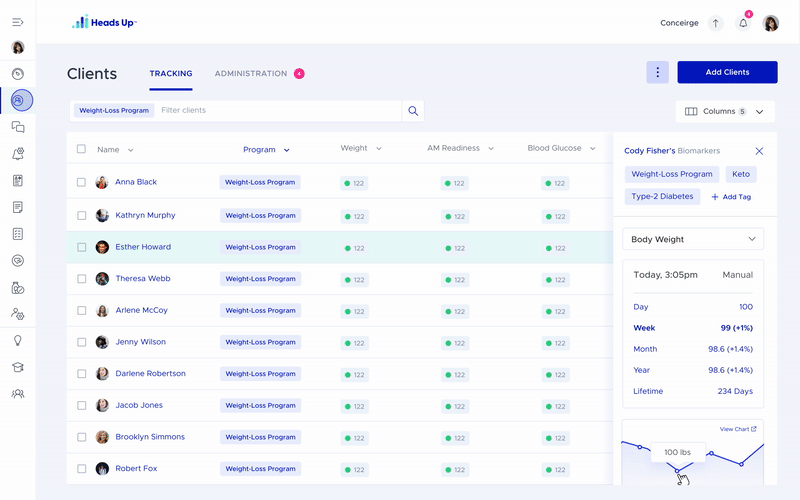
Leverage The Power Of Heads Up in your Health Practice
Get started with by scheduling custom demo with one of our specialists to see the difference Heads Up can make in your practice. Schedule your demo and discovery call here.
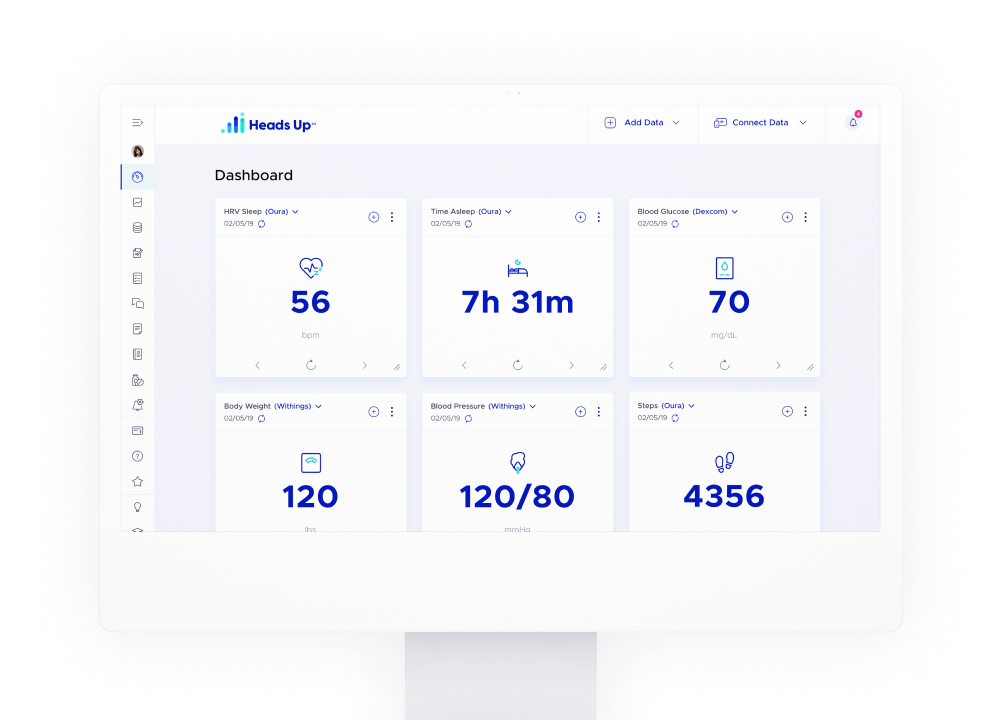
Optimize Health & Longevity
Synchronize your clients’ medical records, labs, wearables, apps, and more into Heads Up for better outcomes. Sign Up now for a free starter account!

